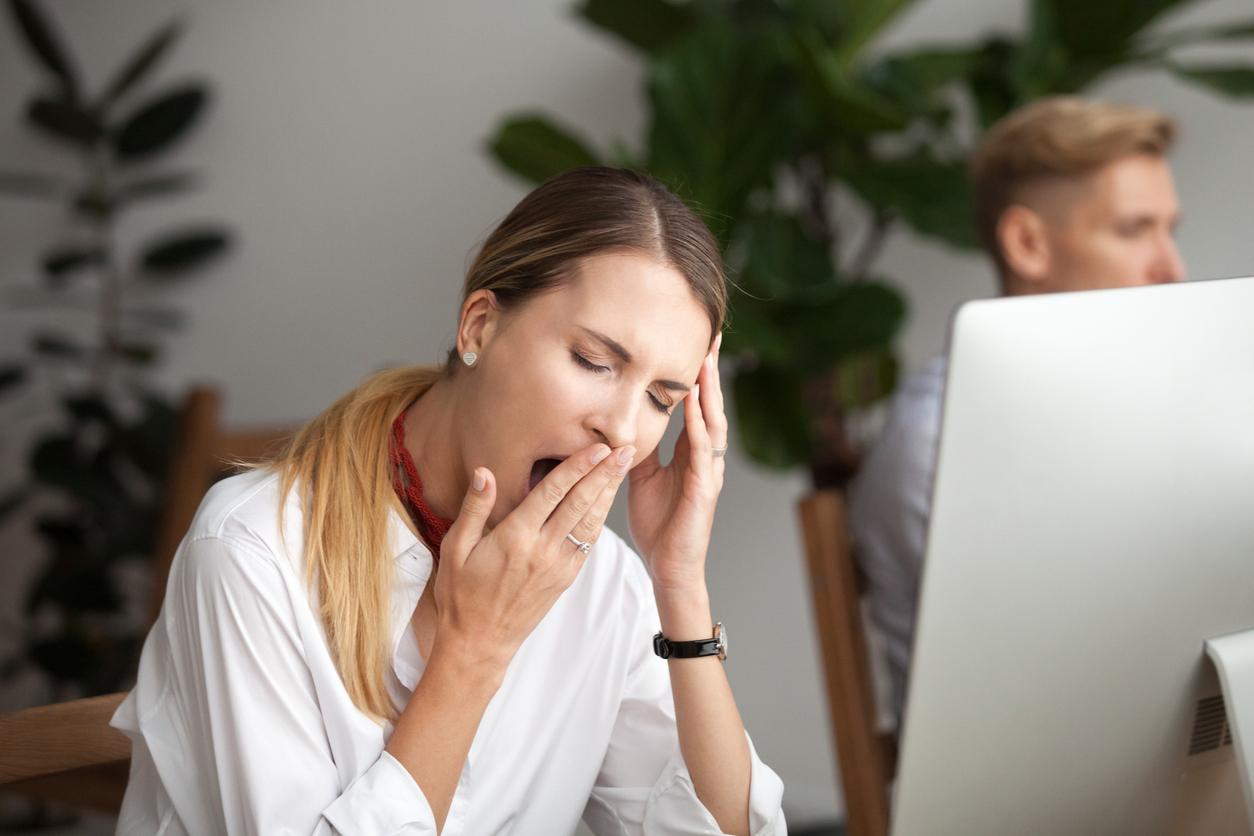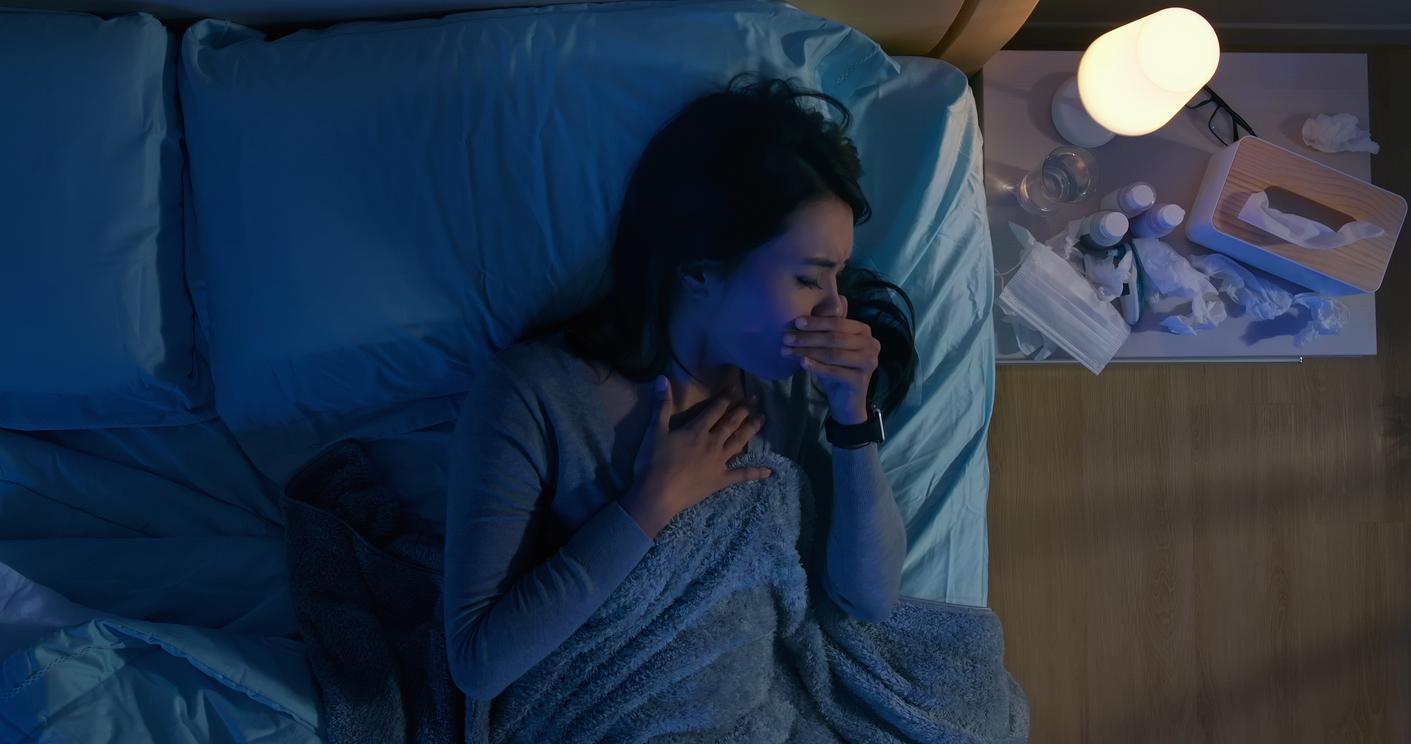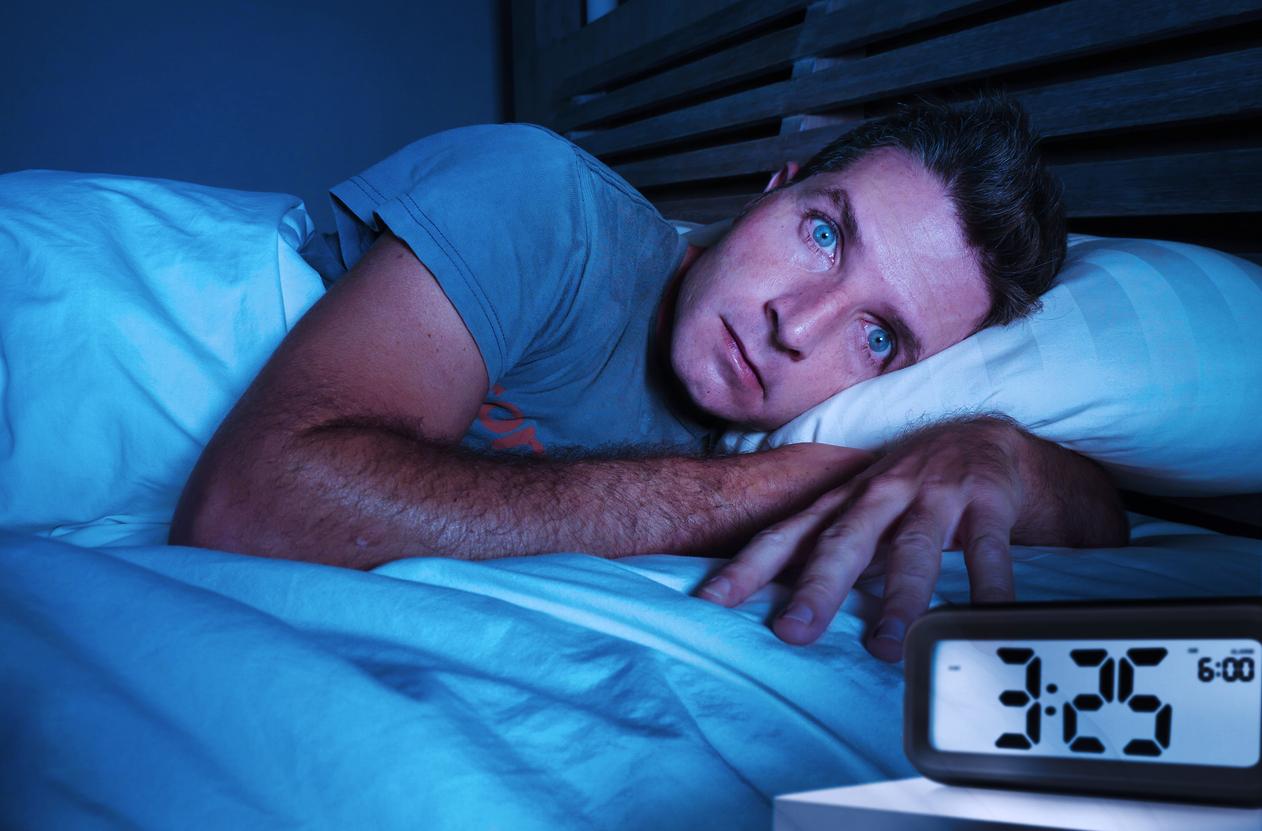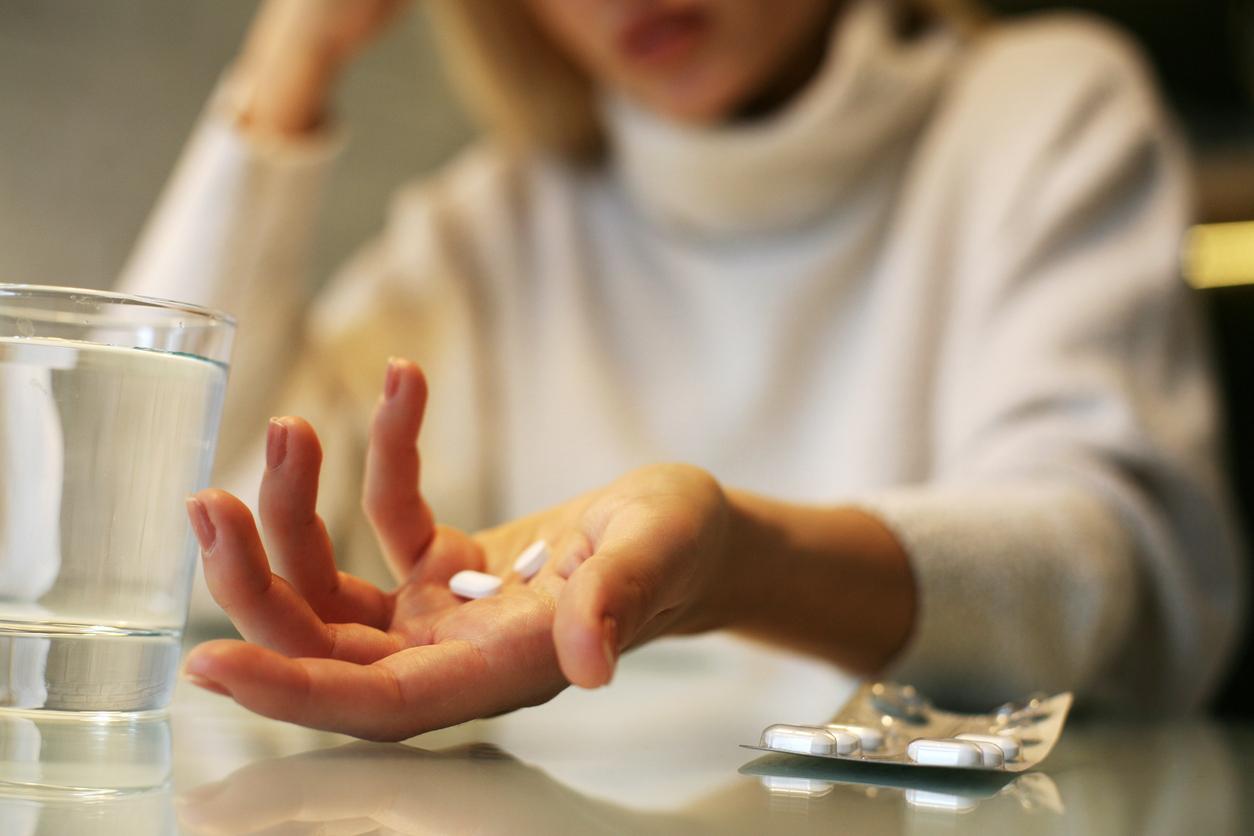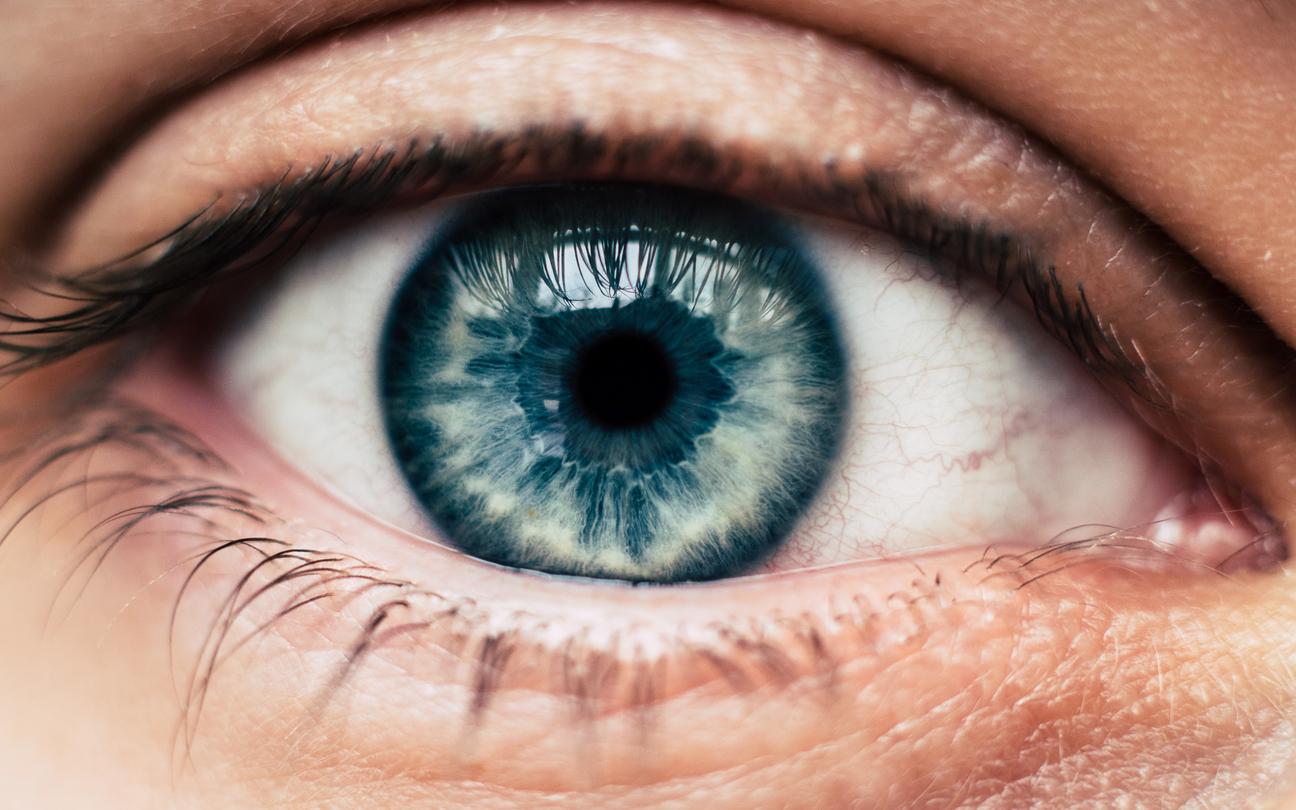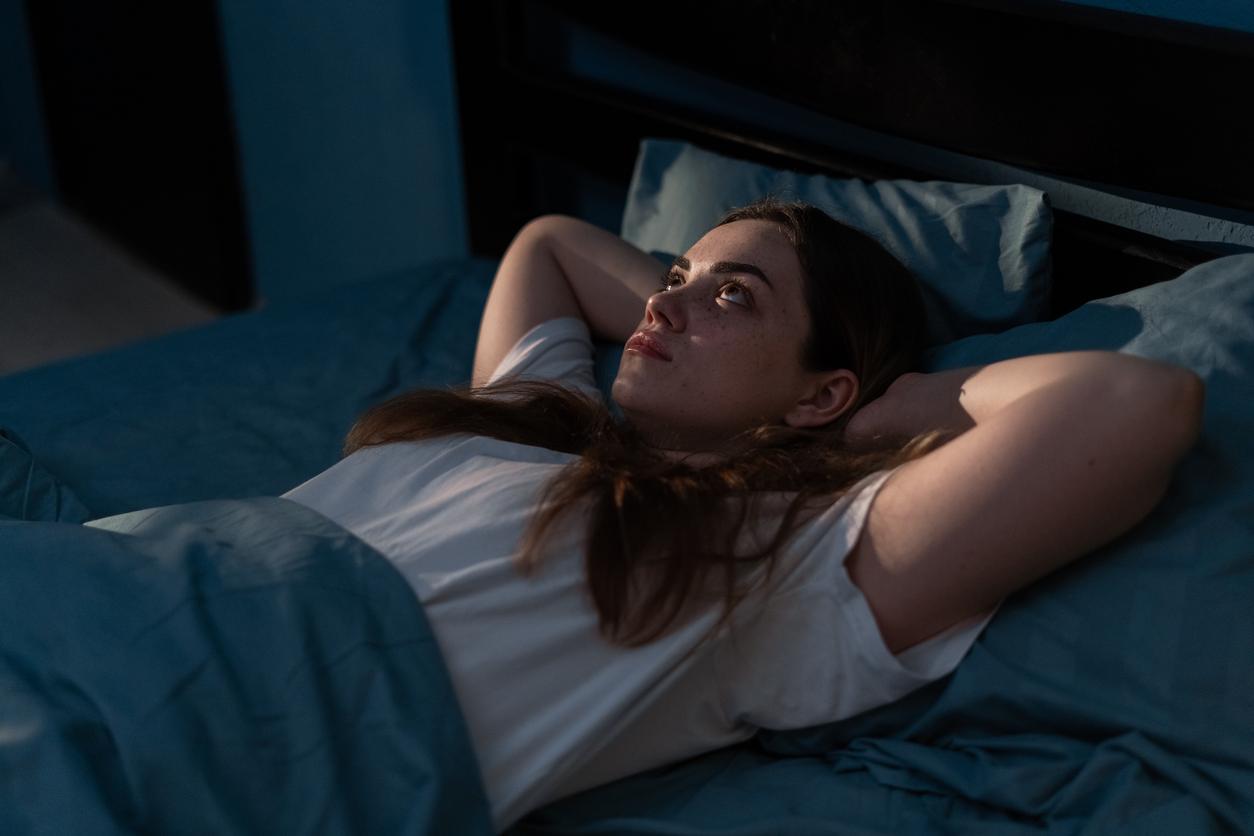Organized for many years, the national day of sleep apnea has become an appointment to alert, inform and share about sleep apnea. An unknown and yet insidious disease, sleep apnea affects between 3 and 5% of the French population, a large majority of whom are not detected and therefore not treated. However, sleep apnea can cause significant health problems, especially if it is not diagnosed.
Sleep apnea is the involuntary cessation of breathing while sleeping. These breathing pauses (one is like in apnea) last between 10 and 45 seconds and can recur several times per hour, causing, in the long run, serious consequences on health.
Sleep apnea is due to a relaxation of the tongue and the muscles of the throat which, for lack of tone, prevent the air from passing by obstructing the respiratory tract. At first, this lack of oxygen will prevent you from having restful sleep. You’ll wake up feeling like you haven’t slept, and you’ll suffer from drowsiness or lack of attention during the day.
Sleep apnea is a disease that should not be taken lightly. In addition to the fatigue it causes, it can indeed have serious consequences on health. In the long term, poor oxygenation of the body can lead to heart problems, high blood pressure and even the risk of heart attack or cancer.
In addition, people who suffer from sleep apnea are often unconsciously attracted to a sugary diet, supposed to give them a “boost”. They therefore increase the risk of suffering from type 2 diabetes. It is therefore important to detect the disease and take care of it as early as possible.
The most visible symptom of sleep apnea is snoring. But (fortunately) not all snorers suffer from sleep apnea syndrome! It is often during a consultation with the doctor for problems of fatigue, headaches or following a car accident caused by drowsiness in the middle of the day that the diagnosis of sleep apnea is evoked. The doctor then has at his disposal a test (called Epworth test) which will determine the degree of daytime sleepiness. Depending on the results of the test, the doctor may suggest to his patient a polysomnography (an examination which records during the night the heart rate, the respiratory rate as well as the number and duration of sleep apneas) or a nocturnal ventilatory polygraphy (one technique is to record the respiratory movements, the flow of air entering and leaving the nasal passages and the oxygen level in the blood).









